The Mondrian dress is one of the most recognizable garments of the 20th century, created in 1965 by Yves Saint Laurent. Often referred to as the YSL Mondrian dress, this masterpiece exemplifies the fusion of fine art and haute couture. Inspired by the abstract compositions of Piet Mondrian, it brought modern art directly into everyday fashion. Whether described as the Yves Saint Laurent Mondrian dress, the Mondrian shift dress, or the Mondrian color block dress, this creation remains a defining symbol of 1960s style.
Origins and Artistic Inspiration
The story of the Yves Saint Laurent Mondrian dress 1965 begins with the work of Piet Mondrian, a Dutch painter and pioneer of De Stijl. His bold grids of black lines and blocks of red, blue, yellow, and white became synonymous with modernist abstraction. By translating this style into fabric, Saint Laurent elevated clothing into wearable art. The Mondrian-inspired dress was first presented in his Mondrian Collection, which also included suits and accessories.
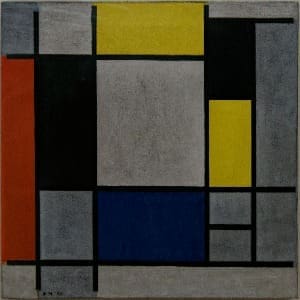
Saint Laurent was not alone in exploring this aesthetic—designers such as André Courrèges and Mary Quant were also redefining 1960s fashion. However, it was Saint Laurent who crystallized the concept in the Mondrian YSL dress, now enshrined in museums, fashion books, and exhibitions around the world.
The Design and Construction
The Mondrian dress pattern is deceptively simple. It uses a shift silhouette—straight, boxy, and easy to wear—making it practical yet striking. Panels of wool jersey or silk were carefully cut and sewn so that seams aligned perfectly with the grid, creating the illusion of a painting on fabric. Each Mondrian YSL dress was meticulously crafted, with bold black lines separating blocks of white, red, yellow, and blue.
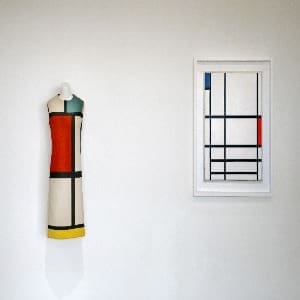
The dress’s defining feature is its color-blocked pattern, meticulously painted or sewn onto the fabric to resemble Mondrian’s grid. Black lines are used to delineate the different color sections, creating a visual effect akin to a painted canvas. The color palette is usually limited to primary colors—red, blue, and yellow—along with black and white, aligning with Mondrian’s signature palette.
Designers such as Yves Saint Laurent and Pierre Cardin were instrumental in popularizing the Mondrian look during this period. Saint Laurent, in particular, introduced his “Mondrian Collection” in 1965, which included dresses, suits, and accessories that showcased the geometric aesthetic. His designs were innovative, blending art and fashion seamlessly, and making the Mondrian dress a symbol of modern sophistication.
Cultural Significance and Impact
The Mondrian dress was more than just a fashion trend; it was a cultural phenomenon that reflected the broader societal embrace of modernity and abstraction. During the 1960s, fashion was shifting away from the ornate and restrictive styles of previous decades towards more liberated and experimental designs. The Mondrian dress embodied this shift, emphasizing simplicity, clarity, and the influence of contemporary art.
The YSL Mondrian dress 1965 captured global attention almost instantly. It appeared in Vogue, often labeled as the Mondrian day dress, and was worn by models such as Twiggy, further cementing its place in 1960s pop culture. The design quickly became associated with the mod movement, and even inspired dolls like the Barbie Mondrian dress.
The garment was more than a trend—it symbolized the democratization of art. As many fashion historians note, the French designer who created the Mondrian dress and Le Smoking tuxedo gave women a wardrobe that was modern, intellectual, and liberated.
The Dress in Society and Media
The Mondrian dress gained popularity among fashion-forward women and celebrities of the 1960s. Its striking visual appeal made it a favorite for editorial shoots, social gatherings, and runway shows. Fashion magazines like Vogue and Harper’s Bazaar featured the dress prominently, often pairing it with minimalist accessories to let the geometric design take center stage.
Notable personalities, including models and actresses, sported Mondrian-inspired outfits, cementing their place in pop culture. The dress also appeared in art exhibitions and was often photographed alongside contemporary artworks, blurring the lines between artistic mediums.
Variations and Modern Interpretations
While the original 1965 Mondrian dress was characterized by its simple shift silhouette, designers over the years have experimented with variations. Some versions feature peplum accents, A-line skirts, or even trousers, all maintaining the core geometric aesthetic. The pattern itself has also evolved—from painted or printed fabrics to embroidered or appliqué designs, showcasing technological advancements in textile manufacturing.
In recent decades, the Mondrian influence has experienced resurgence, especially with the rise of minimalist and geometric fashion trends. Contemporary designers incorporate the style into accessories, footwear, and even modern streetwear, paying homage to its historical roots while adapting it to current tastes.
The Legacy of the Mondrian Dress
The 1965 Mondrian dress remains a timeless icon in fashion history. Its boldness and simplicity continue to inspire designers and fashion enthusiasts alike. It exemplifies how art can transcend its traditional boundaries and become part of everyday life—a testament to the enduring power of creative innovation.
In the context of 1950s fashion, the Mondrian dress represents a culmination of artistic exploration and sartorial elegance. It captures the spirit of a decade that valued clean lines, modern aesthetics, and the breaking down of stylistic barriers. The dress’s geometric precision and primary color palette encapsulate the era’s optimism and forward-looking attitude.
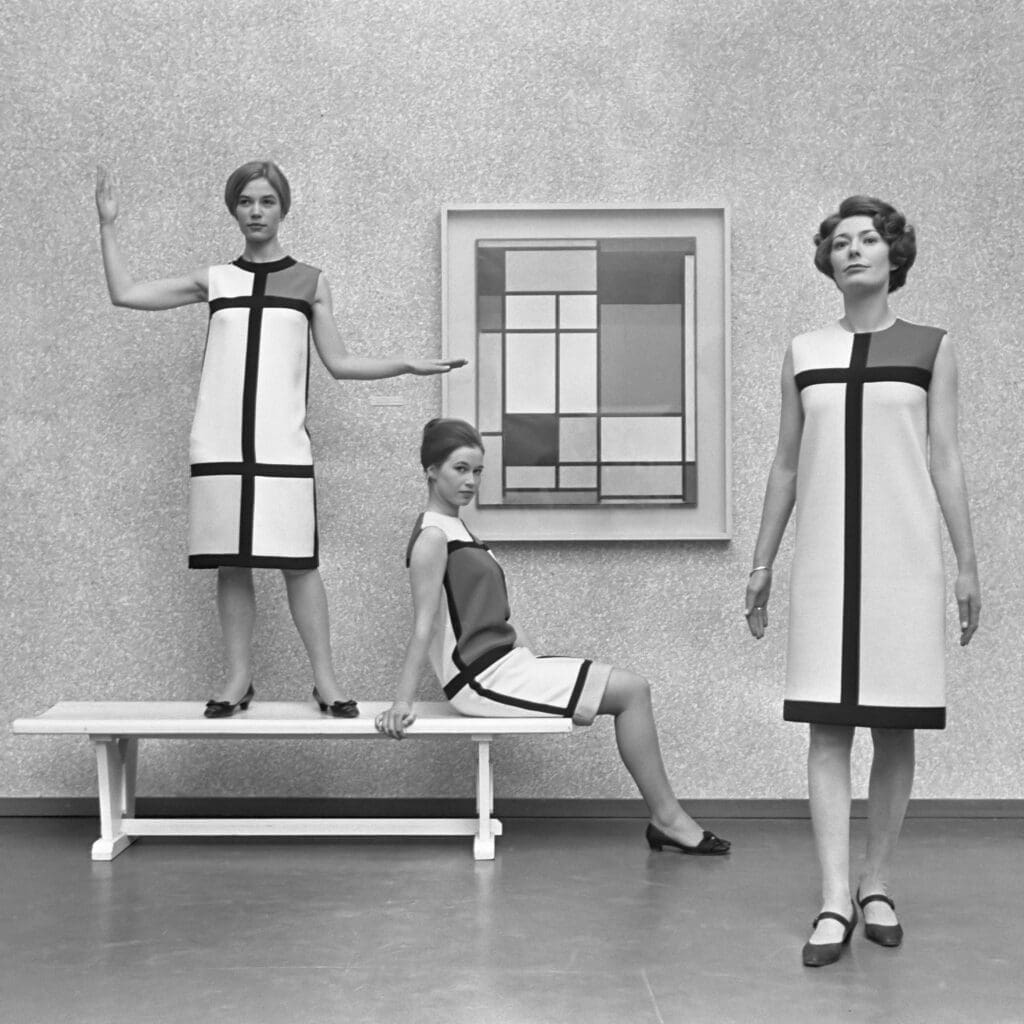
Conclusion
The 1965 Mondrian dress stands as a symbol of artistic integration into fashion, embodying the modernist ideals that defined the post-war period. Its influence extends beyond its era, continuing to inspire designers and fashion lovers who appreciate its bold simplicity and cultural significance. Whether worn on the runway, in a gallery, or on the streets, the Mondrian dress remains a powerful testament to the transformative power of art in fashion—an enduring icon of the 1950s and 1960s style revolution.
The Mondrian dress Saint Laurent of 1965 is more than a garment—it is a bridge between fashion and art, between the canvas of Piet Mondrian and the atelier of Yves Saint Laurent. From the original Mondrian dress designer masterpiece to its countless reinterpretations, it remains a cultural landmark.
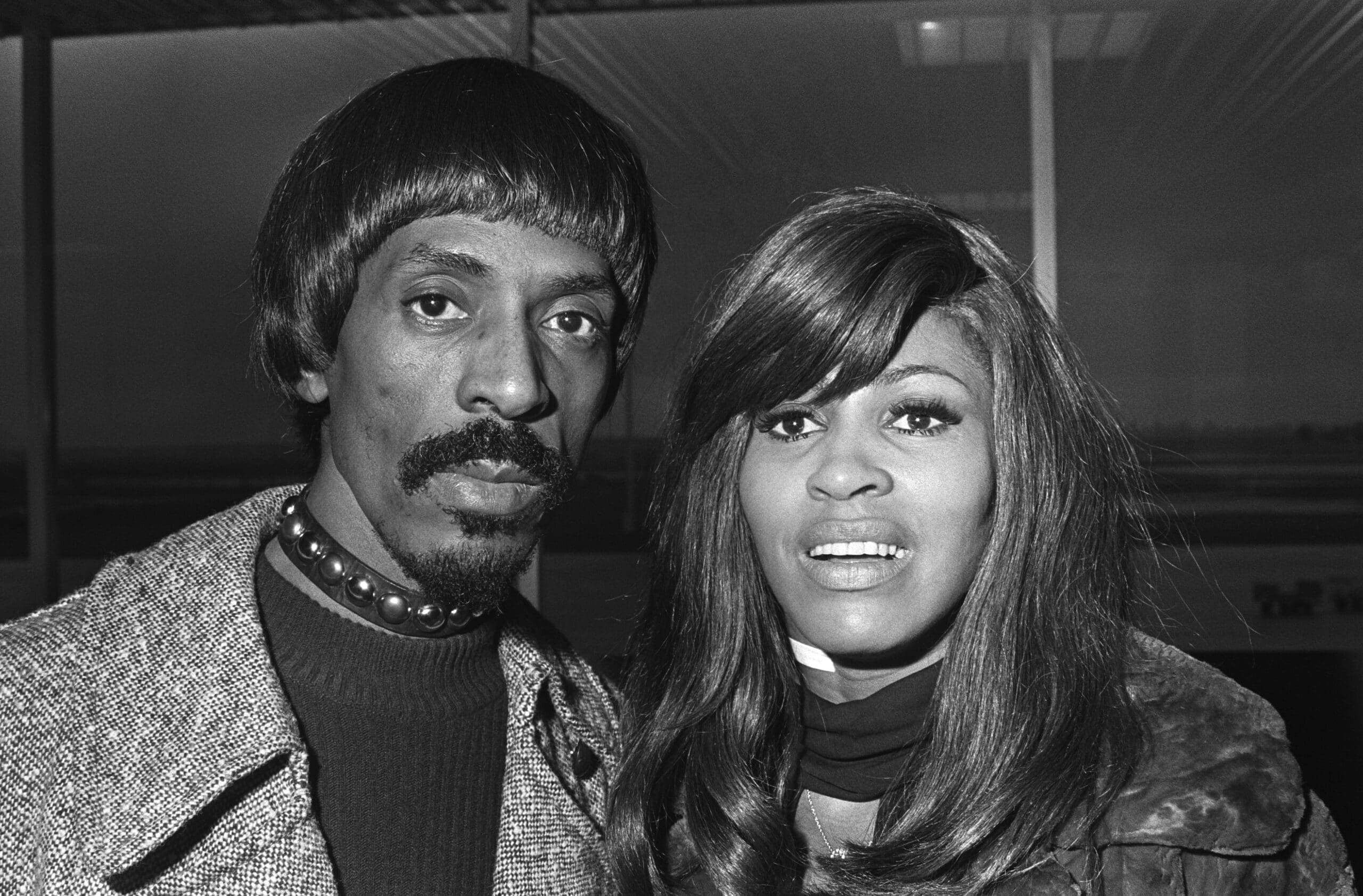

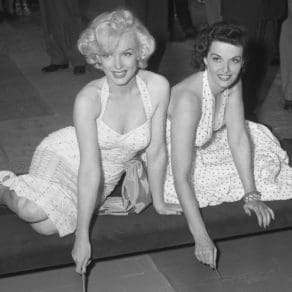



Leave a Comment